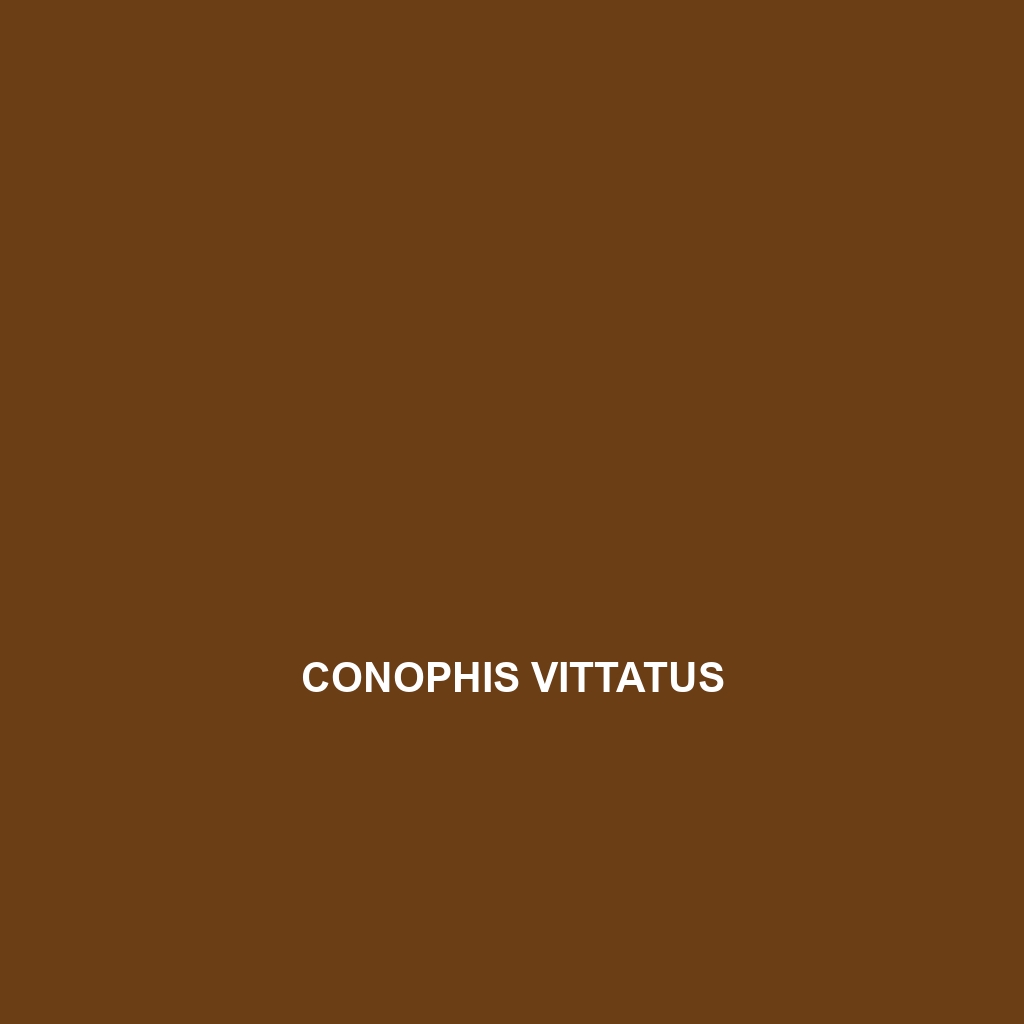Description of the Conolophus pallidus
Common Name: Conolophus pallidus
Scientific Name: Conolophus pallidus
Habitat
The Conolophus pallidus, commonly known as the Galápagos land iguana, is primarily found on the arid and semi-arid islands of the Galápagos archipelago. This species thrives in habitats characterized by volcanic landscapes and sparse vegetation, particularly favoring areas with cactus and scrub forests. Their preferred locales often include the lowland plains and coastal regions, where the climate is warm and dry.
Physical Characteristics
Conolophus pallidus exhibits distinct physical traits that make it recognizable. Adults typically range in size from 1.5 to 2.0 meters in length, with a robust body structure. Their coloration is variable, usually displaying a pale yellow or cream hue, which provides effective camouflage against sandy terrains. Notable features include a stout tail and spiny dorsal crest, as well as long limbs with sharp claws, adapted for their terrestrial lifestyle.
Behavior
This species is diurnal, meaning it is most active during the day. Conolophus pallidus engages in basking behaviors to regulate body temperature, often seen resting on large boulders or sunbathing on rocky surfaces. They exhibit a social structure, sometimes forming groups, which aids in foraging and predator avoidance strategies. Additionally, their unique mating displays involve head bobbing and circling, which are essential for attracting potential mates.
Diet
As herbivores, Conolophus pallidus primarily feeds on a variety of plant materials. Their diet consists mainly of prickly pear cactus pads, fruits, and leaves of other native flora. This feeding behavior plays a crucial role in the ecosystem as they help in seed dispersal by consuming fruits and excreting seeds across their habitat. Their adaptation to consuming fibrous plant material is vital for their survival in the arid regions of the Galápagos.
Reproduction
Conolophus pallidus typically breeds during the warm season, from late December to early March. Females lay approximately 2 to 20 eggs in sandy nests, which they excavate in the ground. The incubation period lasts between 60 to 100 days, with hatchlings emerging during the dry season. Notably, adults exhibit protective behaviors towards their young, which increases the survival rate of the offspring.
Conservation Status
The conservation status of Conolophus pallidus is classified as vulnerable by the International Union for Conservation of Nature (IUCN). This status is largely due to habitat loss, invasive species, and climate change impacts threatening their natural habitat. Conservation efforts are in place to help preserve this unique species and its environment.
Interesting Facts
One intriguing fact about Conolophus pallidus is its ability to change color based on its mood and environmental conditions. Additionally, these iguanas can survive long periods without water, obtaining necessary hydration from the fruits they consume, making them highly adapted to their harsh environment.
Role in Ecosystem
Conolophus pallidus plays a significant role in its ecosystem as a herbivore, influencing plant community dynamics through its feeding habits. By consuming and dispersing seeds, these iguanas contribute to the growth and sustainability of various plant species. Furthermore, they serve as a food source for apex predators, helping to maintain the balance within their ecological environment.
